UP Government Allocates Rs. 303 Crores To Set Up 5 New Universities
Moreover, the budget allocates 50 crores to the construction of state polytechnics. 33 crore has been allocated as a fund for infrastructure development.
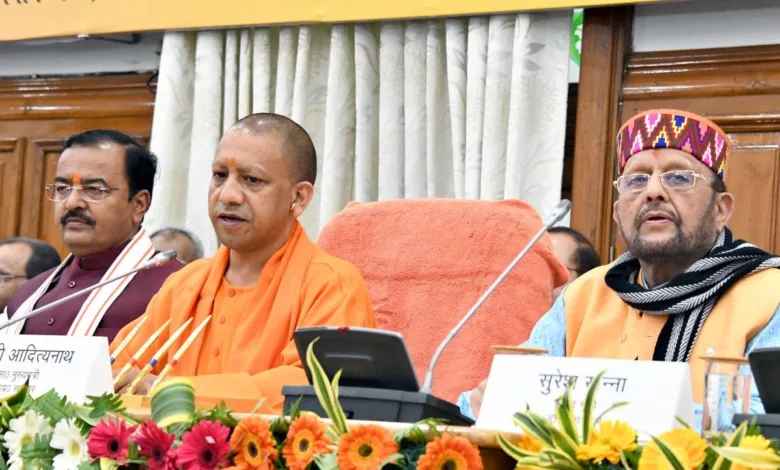
Suresh Khanna, the UP finance minister, allotted Rs. 303 crores for the construction of five new universities: three state universities, one law school, and two more technical schools. The minister provided 50 crores each for the Mahatma Buddha Agricultural and Technological University in Kushinagar, Maa Vindhyavasini State University in the Vindhyachal Dham division, Maa Pateshwari Devi State University in the Devipatan division, and another state university in the Moradabad division. In the meantime, 103 crores have been set aside for the construction of Prayagraj’s National Law University.
Moreover, Rs. 300 crores was set aside for the creation of digital libraries at the ward and gram panchayat levels. Also, the state set aside roughly 35 crore rupees for infrastructure improvements at the agricultural universities in the districts of Kanpur, Ayodhya, Banda, and Meerut.
Moreover, the budget allocates 50 crores to the construction of state polytechnics. 33 crore has been allocated as a fund for infrastructure development. Additionally, a 2 crore provision was provided for the upkeep and refurbishment of already built structures in technical education institutions and engineering colleges.
In his Budget speech, Khanna made note of the fact that classes at the Acharya Narendra Dev University of Agriculture and Technology’s Agricultural College (Campus) Azamgarh have begun. He continued by saying that the Agriculture College (Campus) is now being built in the Gonda district.
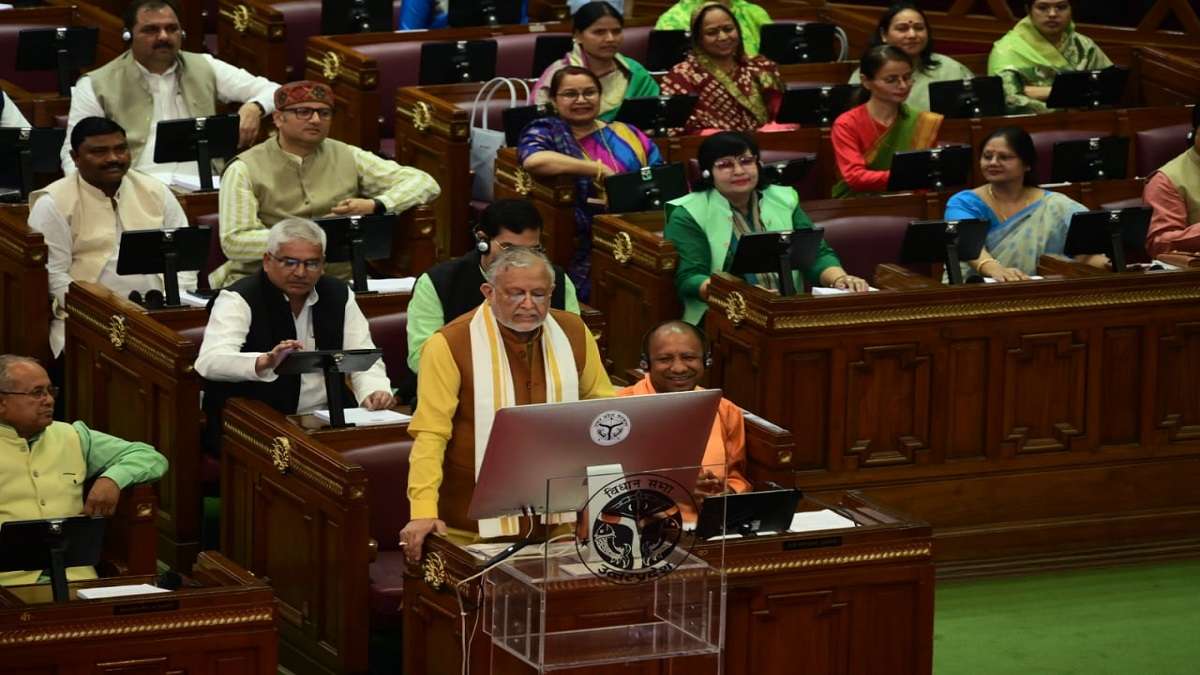
Additionally, the state allocated 150 crores for a programme of training under the Skill Development Mission. The Chief Minister’s Apprenticeship Training Plan received a similar amount of 70 crores. Under the Center-sponsored Strive Programme, a budgetary provision of 35 crore rupees was also given for the upgrade of 29 Industrial Training Institutions.
An allocation of 20,255 crores has been established for the Samagra Shiksha Abhiyan in the area of basic education (Universal Elementary Education). Additionally, the budget includes 1,000 crores for the construction of infrastructure facilities in primary and upper primary schools managed by the basic education council as part of Operation Kayakalp.
Senior officials, including the principal secretary and higher education, will also address the commission’s creation. According to sources, new forms and changes to higher education, secondary education, and basic education will be discussed. The Adityanath administration announced that it would install 4,600 health ATMs in all medical institutions and wellness facilities.
Improvements Made By The UP Government In The Education System
According to a statement released by the Uttar Pradesh government, Yogi Adityanath, the chief minister, will preside over a crucial meeting on Tuesday to discuss the creation of the state education commission.
An official announcement states that the hiring of knowledgeable staff to help customers at all health ATMs has also been sped up. Patients will be able to get 60 tests as part of the health ATMs. Health centres will also offer teleconsultation services. Also, SGPGI will be connected to all of the state’s PHCs and CHCs, saving people from having to rush to the medical college for minor issues. This year, medical institutions will also open their doors in nearly all of the state’s districts at the same time.
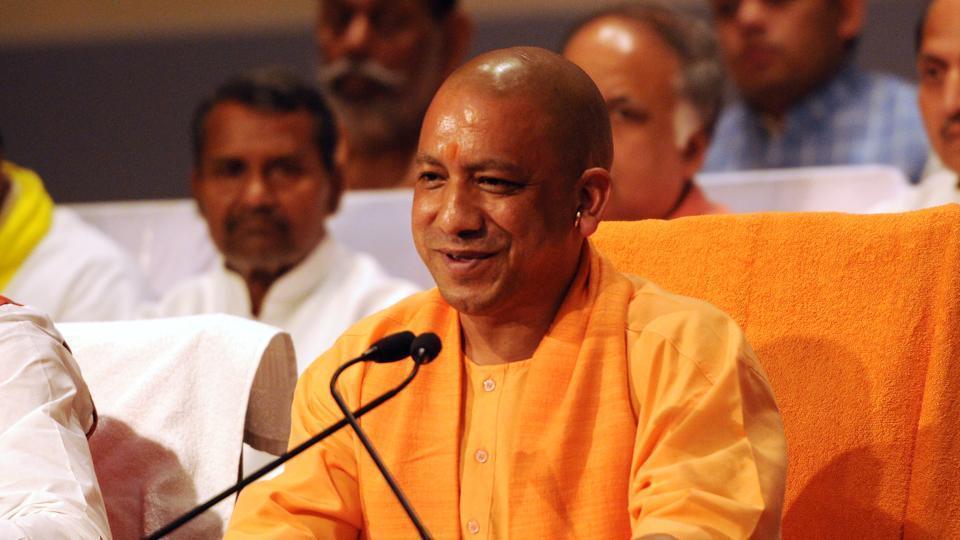
Pupils will get instruction in “smart courses” at the elementary, junior, and senior levels, and each school will receive two tablets. Also, starting in the New Year, attendance will be tracked by how well the kids read faces. It said that 77 textbooks will be available by QR code and that teachers will be given pocket charts with the curriculum.
Also, effective assessment examinations will be administered using straightforward programmes to students in the state’s elementary and upper primary schools. At the state level, the Skilled India Monitoring Center would be established. In addition, the vehicle delivering the question paper will be GPS-equipped, and its path will also be predetermined to increase transparency in the high school and intermediate board examinations.
The educational System In Uttar Pradesh Is Changing
Education is the fundamental foundation of every civilization, so it is the primary responsibility of every government to work creatively and constructively to create an effective education system for the community. The cornerstone for realizing the full and inclusive potential of people is education, which enlightens the human mind. It contributes appropriately to the proclamation of a just and moral society and the advancement of national progress.
The primary goal of the Uttar Pradesh government has been to make great and high-quality education available to all people, as this can result in a person’s total growth in society. Yogi Adityanath, the state’s chief minister, has been working nonstop to restructure and transform the educational system. The Yogi government supported the GLP by providing technical facilities, additional resources for classroom instruction and student training, and resource people at the managerial level. The hiring and supervision of teachers were also necessary for the advancement of teaching-learning.
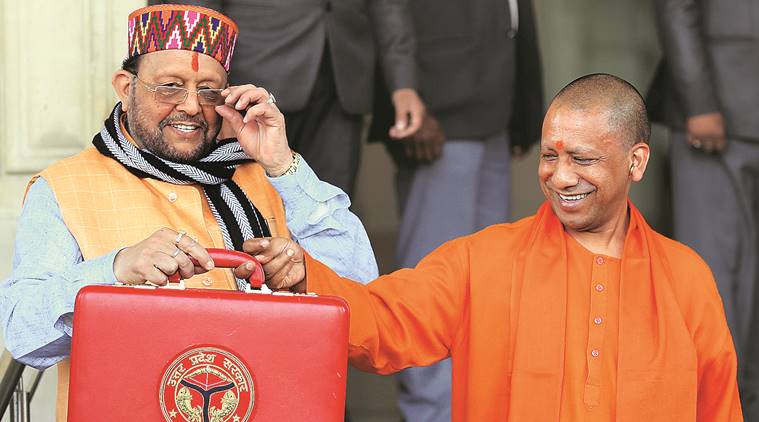
To meet the country’s expanding developmental needs, the infrastructure and facilities for education have significantly increased under the Yogi government. The Uttar Pradesh government has prioritised the development of pupils’ fundamental and cognitive abilities with its two-pronged plan in light of the quickly changing environment. Secondly, to increase the enrollment rate and improve access to the hinterlands, schools must be available and easily accessible to all students, regardless of their socioeconomic status.
The second tactic is to emphasize the substance and qualitative aspects of education by fostering high-quality instruction that is founded on solid results. Uttar Pradesh has improved under the Yogi administration on both measures. The Annual Status of Education Report (ASER), which documents the rising trend in the student enrolment ratio in the state, particularly in rural areas, can be used to track the practical implementation of the first method. The survey states that while the enrollment of children in Uttar Pradesh between the ages of 6 and 14 was 43.1 per cent in 2018, it increased dramatically to 56.3 per cent in 2021.
If one looks at the changes in enrollment rates in different states between 2018 and 2021, Uttar Pradesh appears to be at the top of the education sector, showing a push of 13.2 per cent, which is higher than the national progress of 6.1 per cent. Male enrollment increased from 47.8 per cent to 54.8 per cent, while female enrolment increased from 51.9 per cent to 58.1 per cent in 2021. From 67.68 per cent in 2011 to 81.8 per cent and 73.0 per cent for males and females, respectively, in 2022, the UP’s education measures and literacy rate have increased. Moreover, the percentile of women’s literacy rate increased from 2021 to 2022, reaching 9.6 per cent.
The state government made sure that students have textbooks in addition to raising the enrolment rate of youngsters during the pandemic. The rising percentage of students who have textbooks in UP went from 79.6 per cent in 2020 to 91.3 per cent in both public and private schools, demonstrating the government’s reform of the educational system.
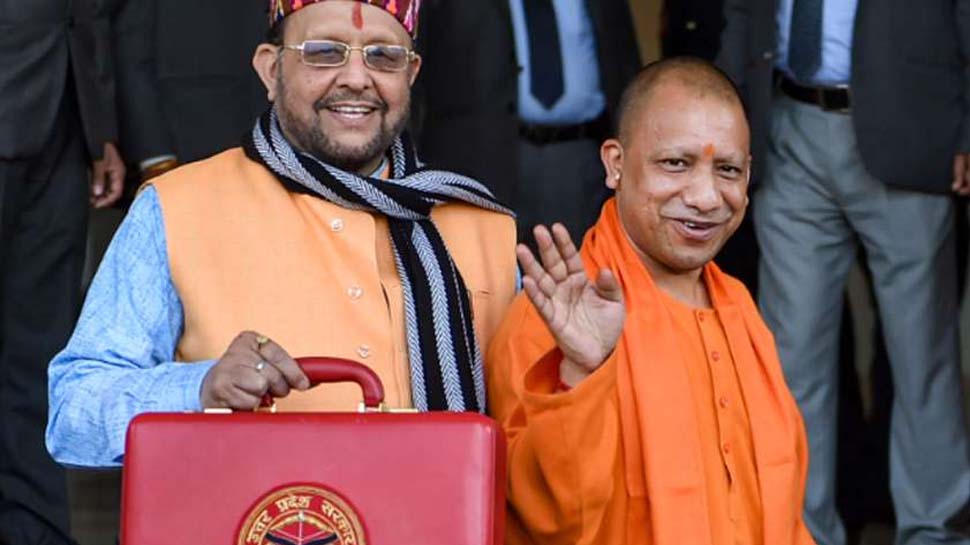
Different Schemes Launched By UP Government
The experimental study illustrates the method of emphasising the qualitative aspect. To enhance the educational process for the 8.4 million kids enrolled in 113,000 government primary schools, the state worked with Pratham to implement the “Graded Learning Programme.”
The students in grades 1 through 5 were divided into groups based on their reading and analytical abilities, and then appropriate activities and resources were used to improve their comprehension of the subjects. This was done to build fundamental skills. As a result, after the introduction of GLP, kids’ reading proficiency increased by 22%. As a result, with the introduction of GLP, reading proficiency has increased by 22%.
This approach called for “substantially improving the learning levels in basic reading and arithmetic; introducing and maintaining innovative teaching-learning techniques in schools; and building monitoring, mentoring, and academic support capacity at block and district levels.”
Under the Operation Kayakalp programme, the Uttar Pradesh government has selected 23 facilities for 1.6 lakh schools, including restrooms, power, boundary walls, gates, and extra classrooms. 92,000 elementary schools were renovated as part of this project, and they were given new facilities as well as essentials like school supplies, uniforms, and other stationary goods. The programme made sure that fundamental procedures for quality assurance and responsibility for the student’s overall development were in place.
The “Prerna Sarathi Campaign,” started by the UP government to improve the accessibility of the online style of schooling, was a response to the Covid-19 pandemic. The goal was to increase the online learning environment’s reach. The distribution of 2.5 lakh tablets and 5 lakh smartphones was also announced by the government. The “Abhyudaya Yojana,” another initiative the UP government established, offered free coaching and advice to the state’s underprivileged pupils. To streamline the education of divyang students and re-enrol them in school, other programmes like “Samarth” and “Sharda” were also introduced and put into action.
The option for cashless payments to government school teachers and money for children’s uniforms through direct cash transfers have both been implemented to empower the state digitally.
With 12 new universities, 250 Inter level institutions, and 77-degree colleges, the higher education system in the state underwent a full revamp and resurgence. In addition, the initiative “one District, one Medical college” was started, under which each of the 75 districts will have its medical school.
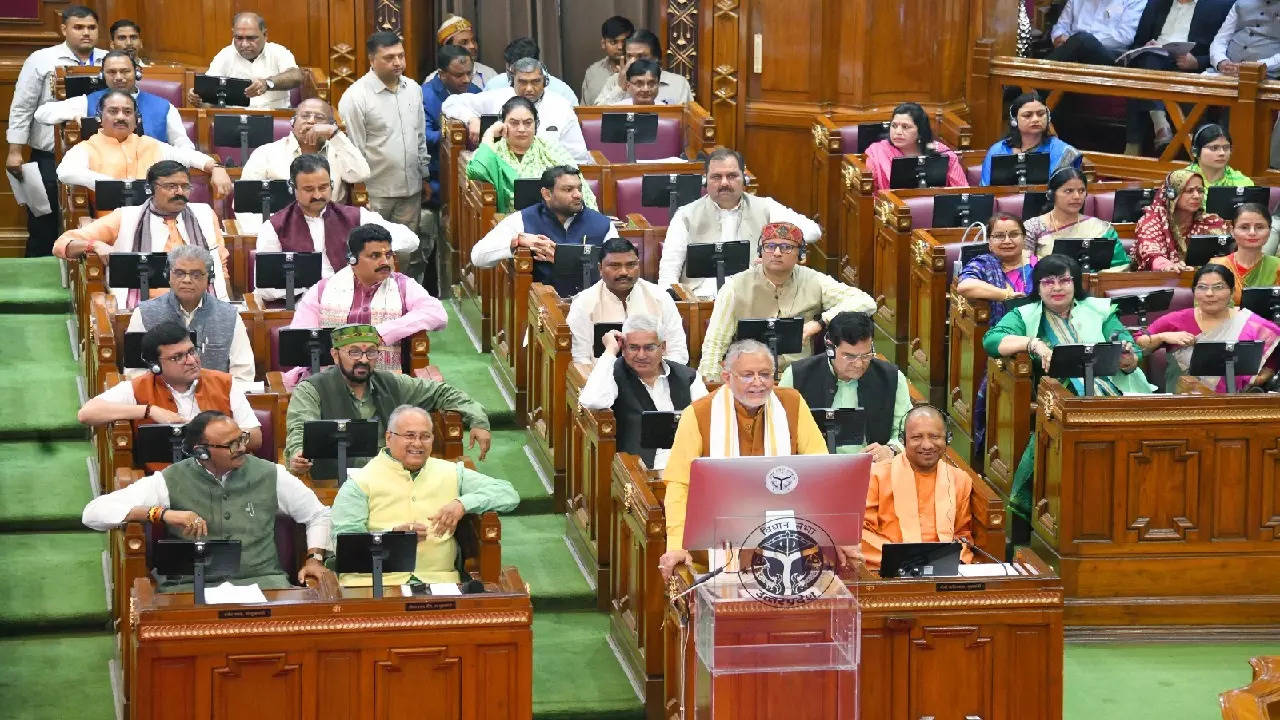
Government’s Goal
The Yogi government’s ongoing efforts, primarily by the government and some under the PPP model, have resulted in fundamental improvement in the education sector. The Yogi administration is working to improve the state’s public education system, which has historically been lacking. The government’s goal, particularly in the area of education, aims to educate young minds by understanding, fostering, and enhancing each student’s distinct abilities.
By implementing significant reforms that bring the highest quality, equity, and integrity into the system, from early childhood education through higher education, the state is attempting to close the gap between learning and outcomes. To fully utilise its potential, it has incorporated technology into its planning, management, and methods for teaching and learning. The government is also putting systems in place to help students from various cognitive domains plan their career evolution, hiring processes, and advancement.
For the rest of the world to understand how a massive state with a sizable population may effectively manage resources to bring about a silent revolution in the education sector, look to the UP education model. An unparalleled accomplishment, the structural and institutional shift from rural to urban areas has been examined by the CM himself regularly, making the monitoring mechanism even more trustworthy. The UP education model is the first step in creating a fair, effective, and efficient system between the government and its constituents, one in which accessibility, affordability, and accountability come first.
Edited by Prakriti Arora



